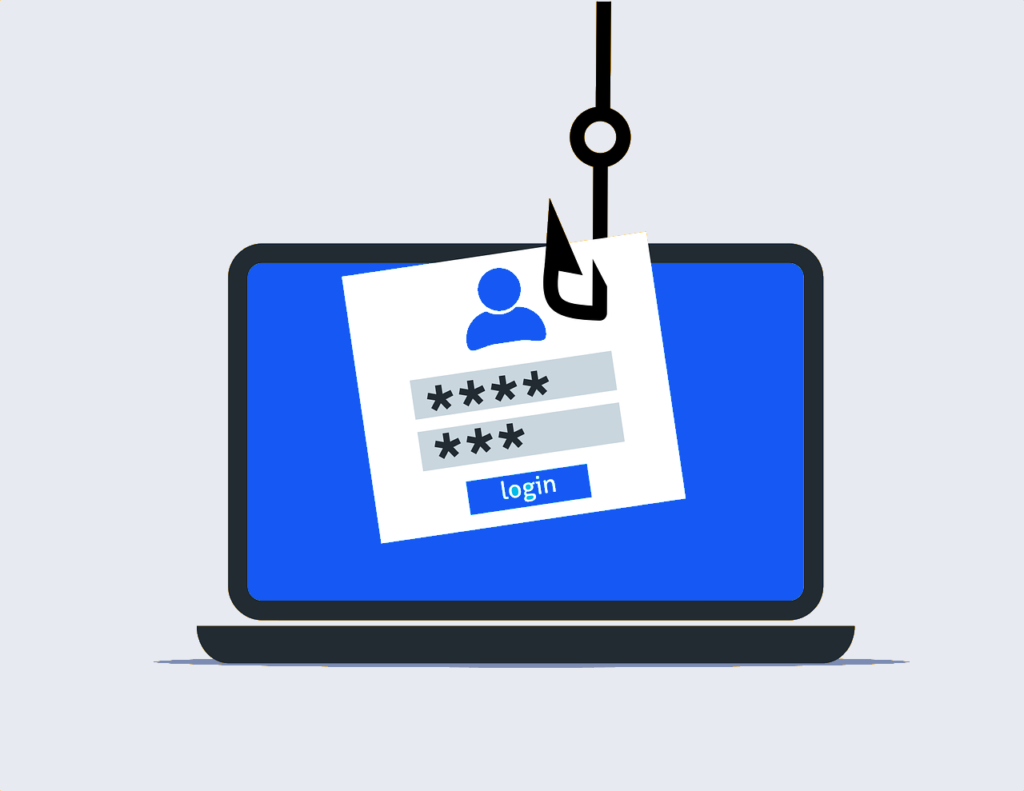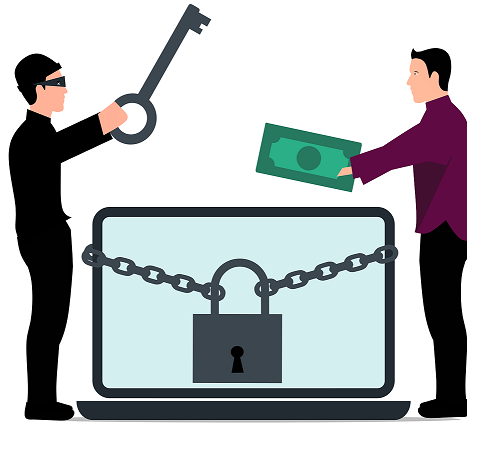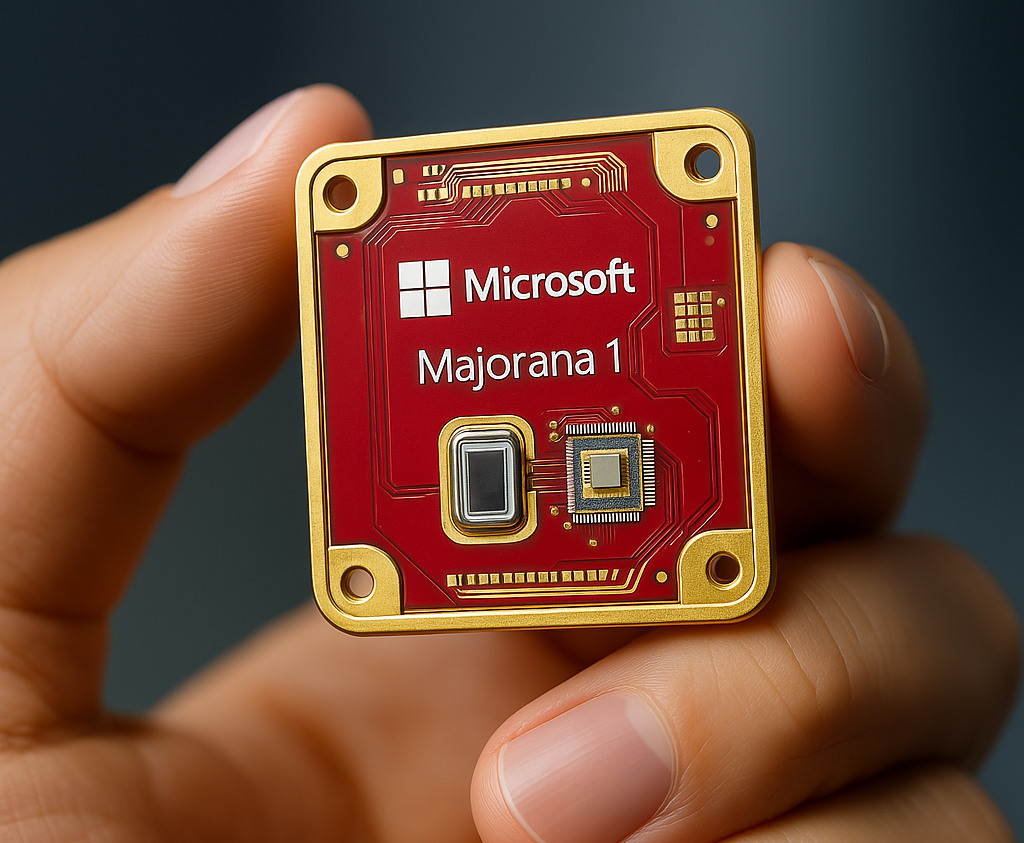Cybersecurity refers to the practice of protecting computers, mobile devices, electronic systems, networks, and data from malicious attacks. It encompasses a wide range of strategies, technologies, and practices designed to defend against unauthorized access, identity theft, and other cyber threats.
Today, cybersecurity threats are becoming increasingly sophisticated and prevalent. As businesses and individuals continue to rely on technology, understanding these threats and how to prevent them is crucial for protecting sensitive information. This blog will explore ten common cybersecurity threats and provide practical prevention strategies to enhance your digital security

Importance of Cybersecurity in Our Lives
- Protection of Personal Information
- There is a major risk to privacy and security as individuals can easily obtain information such as addresses, phone numbers, and financial details with minimal effort.
- This accessibility has led to worries about identity theft, online fraud, and cybercrime. It is crucial for people to be cautious about their online disclosures and implement measures to safeguard their personal data from potential misuse.
- Securing Financial Transactions:
- Cybersecurity is crucial in securing online financial transactions, preventing fraud, and ensuring that banking and other financial activities are conducted safely.
- Implementing effective cybersecurity measures fosters confidence in online services and e-commerce, thus boosting participation in digital financial transactions.
- Protecting Business and Organizational Assets:
- Cybersecurity helps protect businesses from cyberattacks that can disrupt operations and cause data loss. This ensures business continuity and operational resilience.
- Numerous sectors must adhere to regulations on data protection. Implementing strong cybersecurity measures assists companies in meeting these requirements, preventing legal consequences, and upholding customer confidence.
- Protecting Against Cybercrime:
- Cybersecurity measures play a crucial role in safeguarding sensitive information and systems from the increasing threat of cybercrime. These measures encompass a range of tools and practices aimed at detecting, preventing, and responding to various types of attacks, such as hacking, phishing, and ransomware. By implementing robust cyber security protocols, organizations can mitigate risks and protect their digital assets from malicious actors seeking to exploit vulnerabilities for personal gain.
- Cybersecurity aids law enforcement agencies in tracking and prosecuting cybercriminals, helping to maintain law and order in the digital realm.
Common Cybersecurity Threats
1. Phishing Attacks

Phishing involves cyber attackers trying to trick people into sharing sensitive information like usernames, passwords, credit card details, or personal data through emails, messages, or websites that seem genuine. The objective is to steal data, distribute malware, or manipulate victims for the attacker’s benefit.
After acquiring it, attackers use this information for financial or personal benefit. It is crucial for people to remain alert and careful when sharing personal information online to prevent becoming targets of such harmful actions.
How to Prevent Phishing Attacks
- Verify Email Sources: Always check the sender’s email address and look for signs of phishing, such as misspelled words or suspicious links.
- Use Anti-Phishing Tools: Install anti-phishing toolbars and software that can detect and block phishing attempts.
- Educate employees: Regularly train employees on how to recognize and respond to phishing attempts.
2. Ransomware

- Ransomware is a type of malicious software (malware) that encrypts the victim’s data, rendering it inaccessible until a ransom is paid to the attacker. This form of cyberattack has become one of the most prominent and damaging threats in the cybersecurity landscape.
- Ransomware typically infiltrates a system through phishing emails, malicious attachments, or compromised websites. It can also spread via infected software downloads or network vulnerabilities.
- Once inside the system, ransomware scans for valuable files, such as documents, images, and databases. It then encrypts these files using a strong encryption algorithm, making them inaccessible to the user
- After encryption, the ransomware displays a ransom note, demanding payment in cryptocurrency (such as Bitcoin) in exchange for the decryption key. The note usually includes instructions on how to pay the ransom and a warning about the consequences of not complying.If the ransom is paid, the attacker may provide a decryption key that allows the victim to regain access to their files. However, there is no guarantee that paying the ransom will result in the safe return of the data.
How to Prevent Ransomware
- Regular Backups: Regularly back up your data and store it in a secure, offline location.
- Update Software: Keep your operating system and software up-to-date to patch vulnerabilities.
- Use Security Software: Install reputable antivirus and anti-malware software to detect and block ransomware.
3. Distributed Denial of Service (DDoS) Attacks
- Attackers first infect numerous computers or devices with malware to form a network of compromised systems known as a botnet. These devices, often referred to as “zombies,” can include personal computers, servers, IoT devices, and more.
- The attacker controls the botnet through a command-and-control (C&C) server, which sends instructions to the compromised devices.The attacker commands the botnet to send an overwhelming amount of traffic to the target server, service, or network. This traffic can take various forms, including HTTP requests, ICMP pings, or UDP packets
- The flood of traffic consumes the target’s bandwidth, CPU, memory, or other resources, rendering the service slow, unresponsive, or completely offline.
How to Prevent DDoS Attacks
- Use DDoS Protection Services: Employ services that specialize in mitigating DDoS attacks.
- Monitor Traffic: Use network monitoring tools to detect unusual traffic patterns.
- Implement rate-limiting: limit the number of requests a server can handle over a specific period to prevent overload.
4. Man-in-the-Middle (MitM) Attacks
In a MitM attack, the attacker intercepts and manipulates communication between two parties without their knowledge. This can lead to data theft or manipulation.
The attacker positions themselves between the two parties (e.g., a user and a website) by exploiting network vulnerabilities. This can be done through various means, such as using a compromised Wi-Fi network, DNS spoofing, or ARP spoofing.
If the communication is encrypted, the attacker may use techniques like HTTPS spoofing or SSL stripping to downgrade or break the encryption, allowing them to read the intercepted data in plaintext.The attacker captures and monitors the data being exchanged, which can include sensitive information like login credentials, credit card numbers, and personal messages
How to Prevent MitM Attacks
- Use Encryption: Ensure that all communications are encrypted using protocols like HTTPS, SSL, or TLS.
- Avoid Public Wi-Fi: Avoid using public Wi-Fi for sensitive transactions. If necessary, use a virtual private network (VPN).
- Implement Strong Authentication: Use multi-factor authentication to add an extra layer of security.
5. SQL INJECTION

SQL injection is a serious security threat that can have devastating consequences for websites and databases. Hackers can exploit vulnerabilities in web forms by inserting malicious SQL code to gain unauthorized access. This allows them to extract sensitive information or even manipulate data within the database. Implementing proper input validation and using parameterized queries are essential measures to prevent SQL injection attacks. It’s crucial for developers to stay vigilant and continuously update their security protocols to protect against such threats.
The attacker finds an input field in the web application that is vulnerable to SQL injection. Common entry points include login forms, search bars, or URL parameters.The attacker crafts input that includes malicious SQL code. This input is designed to manipulate the SQL query executed by the application
The attacker submits the malicious input to the application. The application, failing to properly sanitize the input, executes the injected SQL code along with the intended query.The database executes the injected SQL code, allowing the attacker to perform unauthorized actions such as retrieving, altering, or deleting data.
How to Prevent SQL Injection
- Use Parameterized Queries: Ensure that SQL queries are parameterized to prevent code injection.
- Validate Input: Validate and sanitize all user inputs to ensure they do not contain harmful code.
- Use ORM: Employ Object-Relational Mapping (ORM) tools to handle database queries safely.
Emerging Technologies in Cybersecurity
- Artificial Intelligence (AI) and Machine Learning (ML):
- AI and ML have revolutionized threat detection and response. By processing massive datasets with lightning speed, these technologies can pinpoint unusual patterns that could signal a cyberattack in progress. This real-time analysis is crucial in staying one step ahead of sophisticated threats lurking in the digital landscape.
- Blockchain Technology:
- Blockchain technology has revolutionized the way data is secured and transactions are conducted. By establishing a decentralized and tamper-proof ledger, it offers unparalleled security against fraudulent activities. This innovative approach ensures trust and transparency in every transaction, making it a game-changer in today’s digital landscape.
- Zero Trust Architecture:
- By assuming that threats exist both inside and outside the network, Zero Trust emphasizes continuous verification and monitoring to prevent unauthorized access and reduce the risk of data breaches. This approach helps organizations enhance their overall security posture and adapt to the evolving threat landscape effectively.
- Quantum Cryptography:
- By harnessing the intrinsic properties of quantum particles, such as superposition and entanglement, this cutting-edge technology has the potential to revolutionize how sensitive information is transmitted and protected.
Best Practices for Cybersecurity
- Regular Software Updates:
- Ensure that all software, including operating systems, applications, and security tools, is kept up-to-date with the latest patches and updates to protect against known vulnerabilities.
- Strong Passwords and Multi-Factor Authentication (MFA):
- Use strong, unique passwords for all accounts and enable MFA to add an extra layer of security, requiring multiple verification methods to access sensitive information.
- Data Encryption:
- Encrypt sensitive data both in transit and at rest to protect it from unauthorized access. This ensures that even if data is intercepted or stolen, it remains unreadable without the decryption key.
- Regular Backups:
- Regularly back up data to secure, offsite locations. In the event of a cyberattack, such as ransomware, backups allow for the restoration of data without paying the ransom.
- Employee Training and Awareness:
- Conduct regular cybersecurity training for employees to help them recognize and respond to potential threats, such as phishing emails and suspicious activity.
- Network Security:
- Implement firewalls, intrusion detection systems (IDS), and intrusion prevention systems (IPS) to monitor and protect the network from unauthorized access and malicious activity.
- Access Controls:
- Limit access to sensitive data and systems to only those who need it for their job functions. Implement the principle of least privilege to reduce the risk of insider threats.
- Incident Response Plan:
- Develop and regularly update an incident response plan to ensure a quick and effective response to cybersecurity incidents. This includes identifying roles, responsibilities, and procedures for containing and mitigating the impact of an attack.




